Free Museums of London for Children: Free Things To Do with Kids in the Capital of UK
In London, families with children can: try working at the port, hold a 13-kilogram bar of gold in hand, see a skeleton of a diplodocus and a 30-meter whale, pay a visit to a an Anglo-Saxon tribe, fly a Typhoon jet plane, feel the jolts of an earthquake on a simulators, travel back in time, and find a whole lot more things to do in museums, absolutely for free.
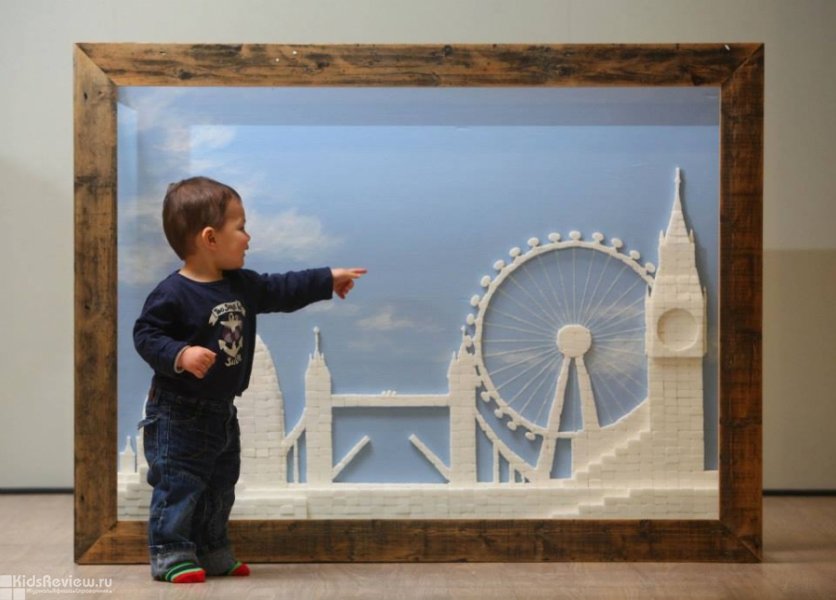
Entrance to the most famous museums of London is free for everybody, as is participation in their open workshops, concerts, and other events. Each museum provides a calendar of events on their website; there is also information on reservation requirements and availability of spots. In most museums, even audio guides are provided for free, but visitors usually have to pay for tickets to temporary exhibitions. In many museums children can borrow special exhibition play-guides, or get “museum backpacks” with sets of brain-teasers, trivia, and objects that help kids understand the exhibits. The backpacks are provided for free as well, but parents are asked to leave a deposit for them: in some museums it’s a fairly small amount of money, while in others a driver’s license or debit card are necessary.
Collections of antique art, old engravings, and archeological findings from various countries of the world are presented at the British Museum. The museum offers educational programs for families with children: each day from 11:00 until 16:00 in select halls, visitors are allowed to touch museum artifacts, while museum volunteers tell the story behind each showpiece. On weekends and holidays, the museum guests aged between 3 and 12 can borrow “gallery backpacks” (a deposit is required), which are thematic sets needed to enjoy an interactive journey around the museum. For instance, kids can spin an Aztec calendar, write their name in Egyptian hieroglyphs, and dress up like ancient Greeks. At the “Family Desk” (located at the entrance), it is possible to borrow a museum guide with fun tasks and activities for kids aged 3 to 5, and for kids older than 6.
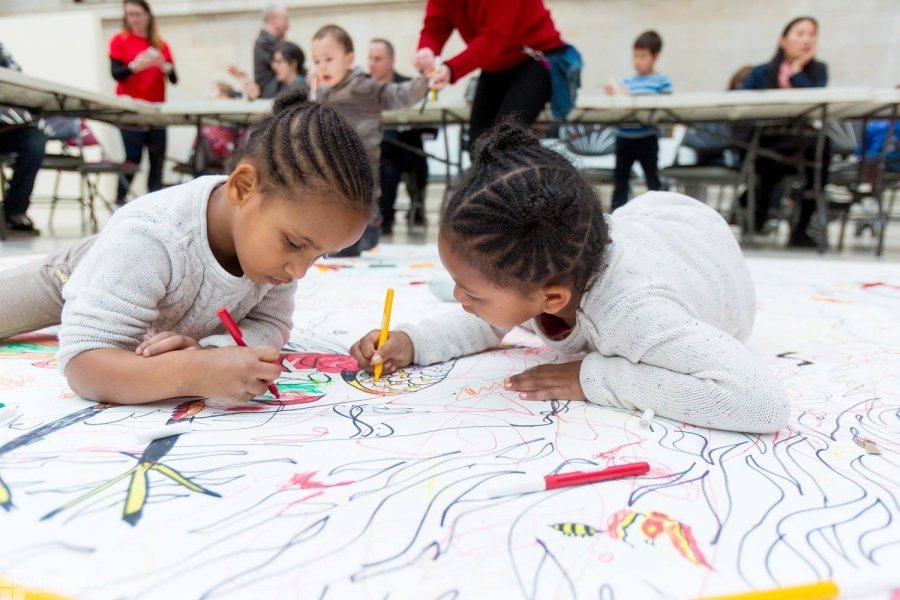
At the Victoria and Albert Museum, the exhibition is dedicated to both old and modern art, theater, architecture, and design. Children between the ages of 5 and 12 can rent a backpack with brain-teasers, puzzles, construction toys, and other objects that will help them explore the exhibition. For children with visual impairment the museum has “sensor” backpacks with ceramic objects from all over the world. Small children under 5 get Agent Animal bags to take with them on a search of six animals hidden in the exhibition halls. There are game tour guides available to children between the ages of 7 and 12, and all visitors above 5 are invited to visit the interactive exhibitions.
The V & A Museum of Childhood is also suitable for family visits. Visitors get to see toys, clothing, and furniture that kids used to have in various countries and epochs. The museum’s thematic exhibitions change regularly. Events for parents with children aged 3 to 12 are held here daily: creative workshops and interactive “sensor storytelling” (stories told about the exhibits), and nights at the museum. Montessori backpacks with missions and toys in them can be lent to children between the aged under 5.
To see how the city changed over time, families should go to the Museum of London. In chronological order, the exhibition shows what London used to be as a prehistoric settlement, under the Roman rule, in the middle ages, and during the Victorian era. Visitors learn about the plague, the Great Fire, the wars, the Olympics, and other important historical events which took place in the city. It is also possible to see a model of the first bridge over Thames, pay a visit to Anglo-Saxons, try on a fire helmet from the middle ages, find out how the plague was treated, peek into the windows of Victorian era shops, and play with toys watching some retro television from the 1950’s. Thematic tours are provided to children aged between 4 and 11, while schoolchildren between the ages of 7 and 11 are invited to spend the night at the museum. Children with special needs can borrow the Sensory Explorer Bags, and small children can join sensory lessons.
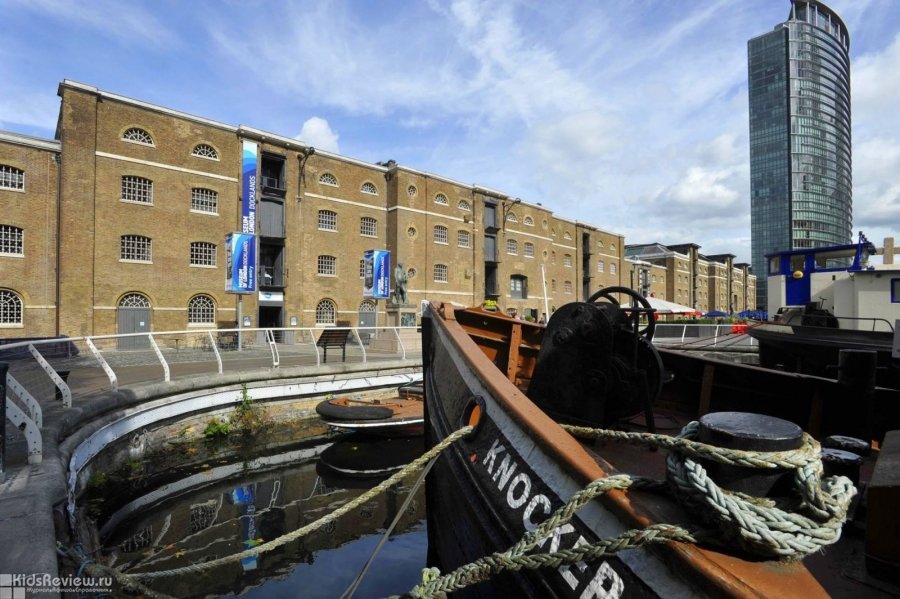
Visitors to the Museum of London Docklands find themselves in a port city of the 19th century with the corresponding setting, dim light, and gutter smell. At the Warehouse of the World, kids can open and smell cans with spices from all over the word and try to guess where they were shipped from. In the Mudlarks interactive gallery, children and adults can build houses out of huge soft cubes, sail off in wooden ships, try on some old scuba diving gear, haul around various cargo bags, and look for treasures in a river.
The London Science Museum is the best place to learn about the history of medicine, technological progress, and research. Here schoolchildren can set up explosions, make giant bubbles, shoot an air cannon, listen to an echo through a tube, and conduct experiments on 50 other exhibits. In the Fly Zone gallery there is a Typhoon jet plane flight simulator (for visitors over 107 cm tall). For children between the ages of 5 and 8, there is a sensory zone, and for children between 3 and 6 - there is the Garden zone with construction toys and water, light, and sound games.
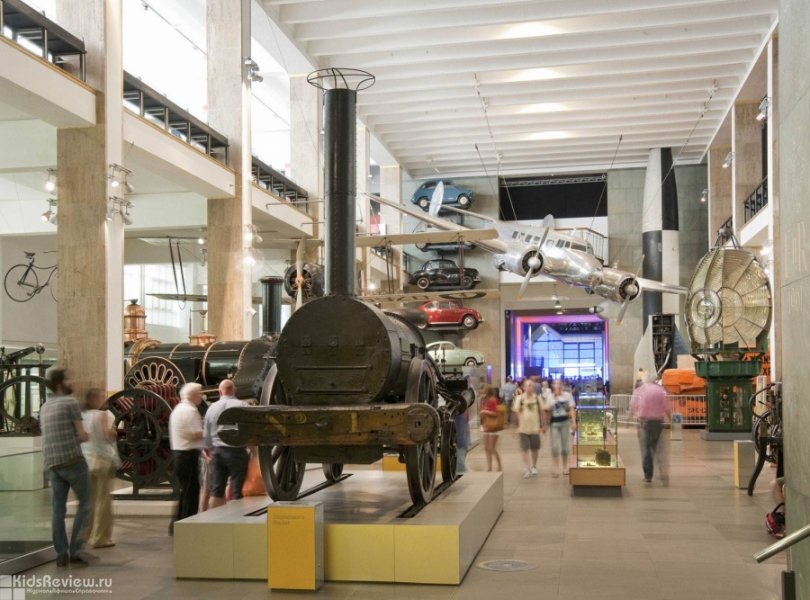
A collection of meteorites, a 30-meter whale, a diplodocus skeleton, and a moving tyrannosaurus effigy are presented at the Natural History Museum. The entire territory is split into thematic zones: in the Blue Zone visitors can see the diversity of life on Earth: from mechanical dinosaur models to whale skeletons. In the Green Zone, dedicated to evolution, visitors can compare the sizes of various birds’ eggs from a tiny hummingbird egg to a huge egg of extinct elephant bird. The Red Zone introduces visitors to the geology and structure of Earth, while an earthquake simulator operates in the Volcanoes Gallery. In the Orange Zone it is possible to see scientists at work, and between April and October a botanical garden with various plants of Great Britain is open here. In late autumn on the museum get its own open ice skating rink.
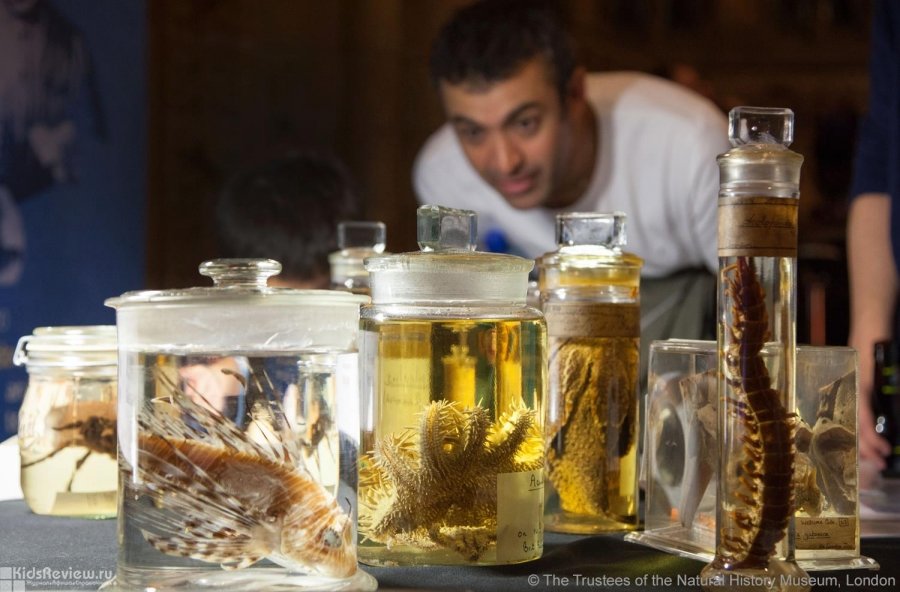
At the Geffrye Museum of the Home it is possible to see how the house interiors have changed over the past 400 years. Each of the 11 rooms is furnished in the style of their corresponding era: from a living room in the year 1630 to a loft in late 1990’s. At a restored almshouse, visitors can see how the poverty-stricken families lived in the 18th-19th centuries. On holidays, the museum organizes cooking and art workshops for children aged from 2 to 16, and on weekends concerts and shows for the whole family are held.
The country’s main bank is a home to the Bank of England Museum. The museum is dedicated to British currency and the history of the bank since 1694. Visitors can learn how the bills are protected from counterfeiters, hear the story of the Old Lady from Threadneedle Street, manage a balloon, break open a safe, and hold a 13-kilogram bar of gold. Temporary interactive exhibitions are also organized here.
Huge collections of paintings, sculptures, and other works of art are presented in the National Gallery and the National Portrait Gallery. Painting and molding, art objects and installations workshops are held here for families with children on weekends and holidays.
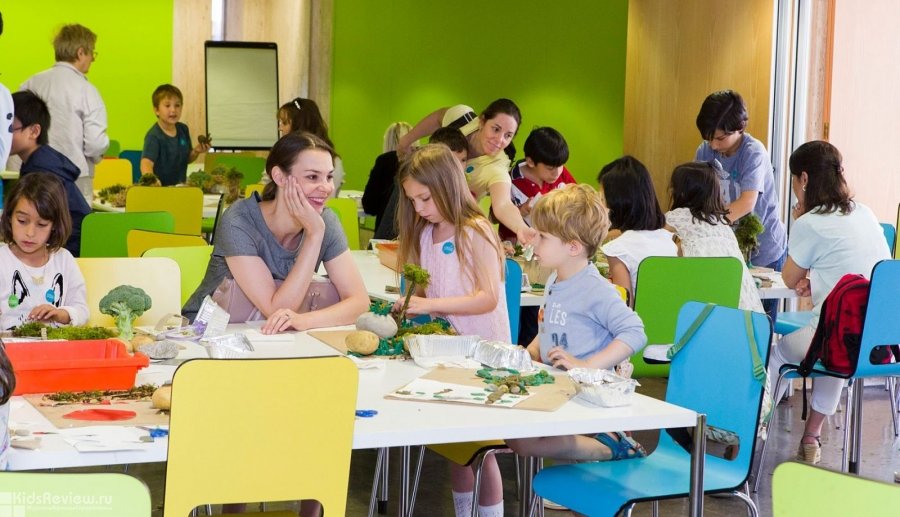
On a visit to the Wallace Collection, kids can see art objects, decorations, weapons, and armor. Family events are held here on weekends and holidays, and audio guides for kids are available daily, as well as the option to try on some knight armor in the Conservation Gallery.
The Tate Modern Gallery is a good place to introduce children to modern art and architecture. Kids can participate in art classes, there are sensor drawing screens, and a post office for sending video messages to family and friends. The Tate Britain Gallery offers a collection of works by English artists and sculptors, as well as drawing and art-objects-creating workshops.
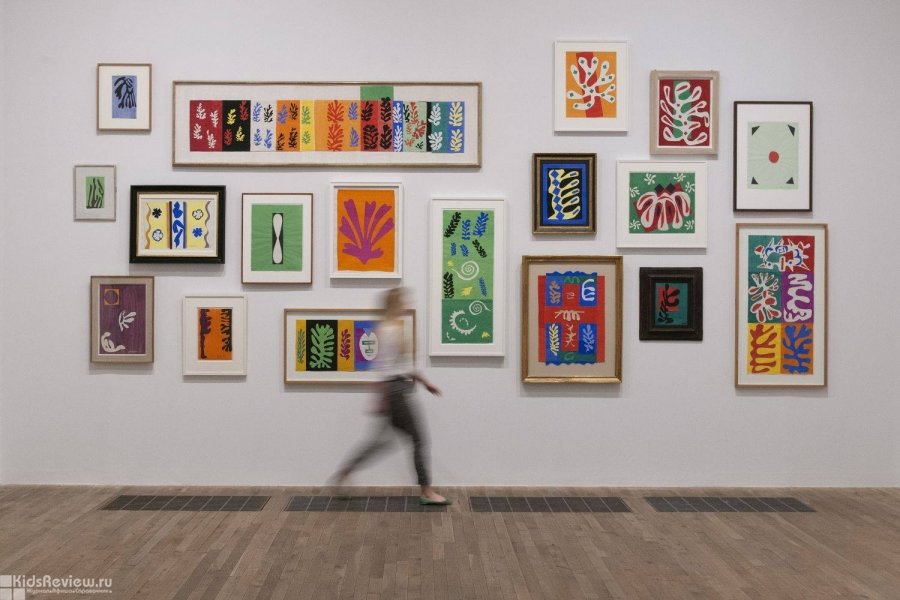
The Horniman Museum and Gardens presents African drums and Egyptian sarcophaguses, 1,300 musical instruments and animal effigies from all over the world. The museum’s ethnographic collection is complemented by a Botanical Garden flower beds, a meadow with picnic zones, a walking trail in the woods, an Aquarium with inhabitants of the rivers, seas and coral reefs, as well as a mini Animal Walk farm with alpacas, sea urchins, rabbits, goats, and sheep. The museum has two “contact” exhibitions: at Nature Base visitors can get a closer look at animals and plants from the environment, and at Hands on Base, visitors are allowed to touch the museum exhibits and try to play unusual musical instruments.
At the Grant Zoological Museum visitors can see the bones of Dodo Bird and Steppe Zebra, horns of an Ice Age gigantic deer, and an anaconda skeleton. The collection is mostly made up of skeletons and animals and reptiles preserved in alcohol. As for those who aren’t particularly fond of moles and snakes stored in cans, the museum has a butterfly collection, and the Micrarium room with thousands of slides with images of insects under a microscope.
A hundred planes from various times are presented at the Royal Airforce Museum. Here visitors can see a modern F-35 Joint Strike Fighter Jet and find out how various flying machines are built, as well as what do pilots, dispatchers, military nurses of the Royal Air Force actually do in their jobs. In the interactive Aeronauts hall, children get to find out how planes fly and then check their vision and reaction time to see if they could become pilots. Kids can also sit at the controls in the cockpit of a helicopter. For an additional fee, it is possible to go for a ride on the Black Hawk flight simulator, or take part in an air show or race in a 4-D movie theater.

The National Maritime Museum in Greenwich - the world’s largest museum dedicated to the topic of seafaring and the colonial times. All the maritime history of Great Britain is represented in model ships, maps, weapons and devices for boarding, portraits of admirals, figurehead from the bows of ancient ships and thousands of other objects. For preschoolers under the age of 7, there is the Ahoy! gallery, where kids can turn into pirates and explorers. Children aged between 6 and 12 are welcome at the All Hands Children’s Gallery, where they can shoot a cannon, load vessels at a port, and cook meals in the galley. Those who which to climb aboard the Cutty Sark clipper will have to buy a ticket.
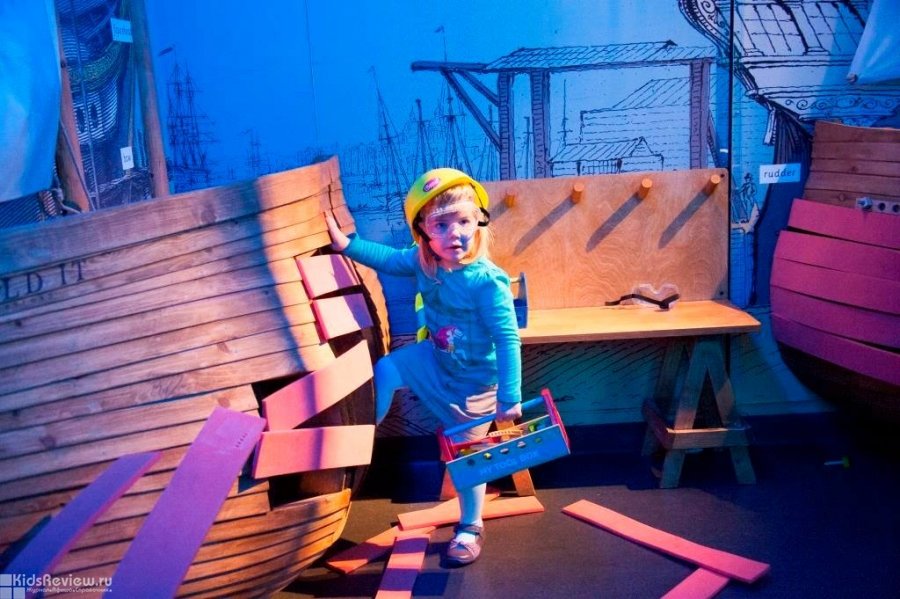
The Royal Observatory Astronomy Center in Greenwich also welcomes visitors for free. Kids get to examine the fragments of a 4.5-billion-year-old meteorite, lead a cosmic expedition, look for answers to space questions in an interactive gallery, and watch a 4-minute video about the Big Bang and the birth of the Universe. In order to watch movies in the planetarium and to take photos at the prime meridian of the Greenwich observatory visitors need to buy tickets through.
The сeremonial Changing of the Guard takes place at the Buckingham Palace. The guards marching, accompanied by the orchestra are best observed from the steps of the Victoria monument. It is advised to save a spot ahead of time, since there is always a lot of spectators gathering for the happening. The Changing of the Guard doesn’t take place every day, and can be canceled on bad weather. So, it is a good idea to check the schedule for the upcoming months, which can be found at the official website: http://changing-the-guard.com/dates-times.html.
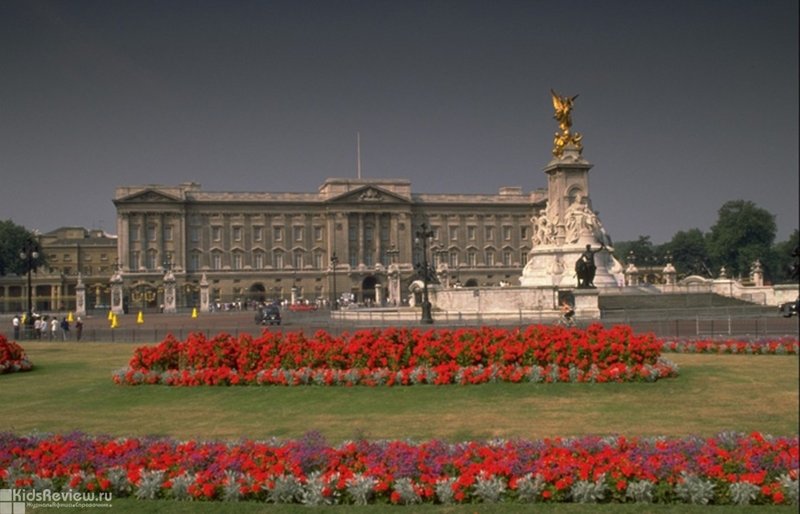
The National Army Museum with an interactive zone for kids is also free to visitors, but it is closed for reconstruction until 2017.
The churches in London can be visited for free (except for the Westminster Abbey and St. Paul’s Cathedral). Families with children can also visit the city farms for free, more info on them can be found in our London Museums, Parks and Playgrounds to Visit with Kids review.
Information on kids-friendly festivals, exhibitions, shows, and other events can be found in our What’s On? section.
Photos: facebook.com/britishmuseum, facebook.com/museumoflondon/, facebook.com/sciencemuseumlondon, facebook.com/naturalhistorymuseum, facebook.com/thenationalgallery, facebook.com/tategallery, facebook.com/RAFMJoint, facebook.com/nationalmaritimemuseum, clip.dn.ua

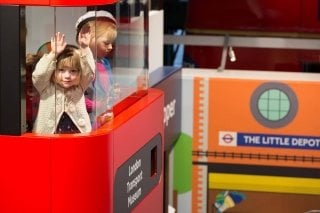
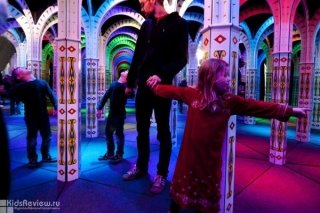
Comments and reviews (0)
Before leaving a comment please have a look at our rules.